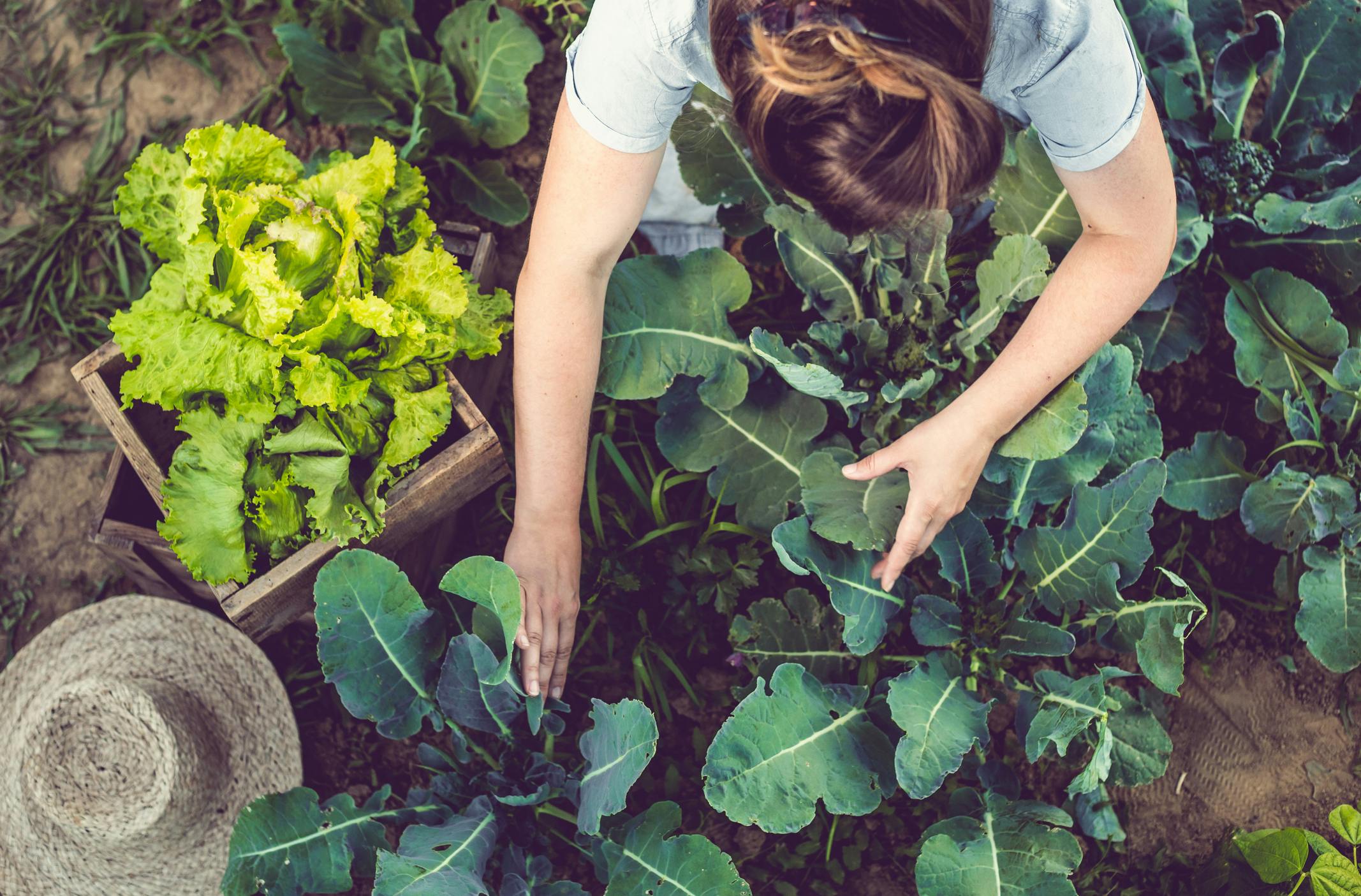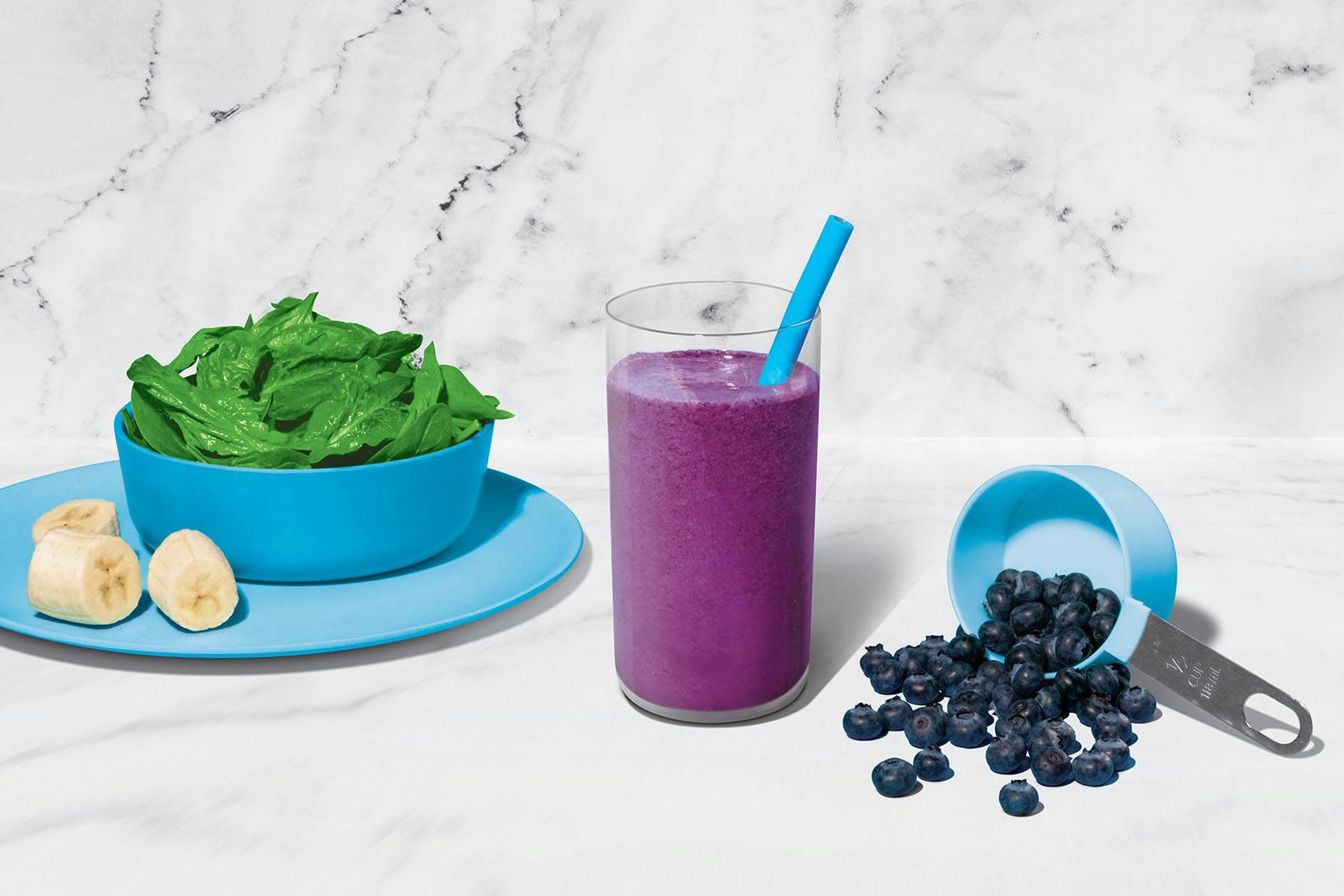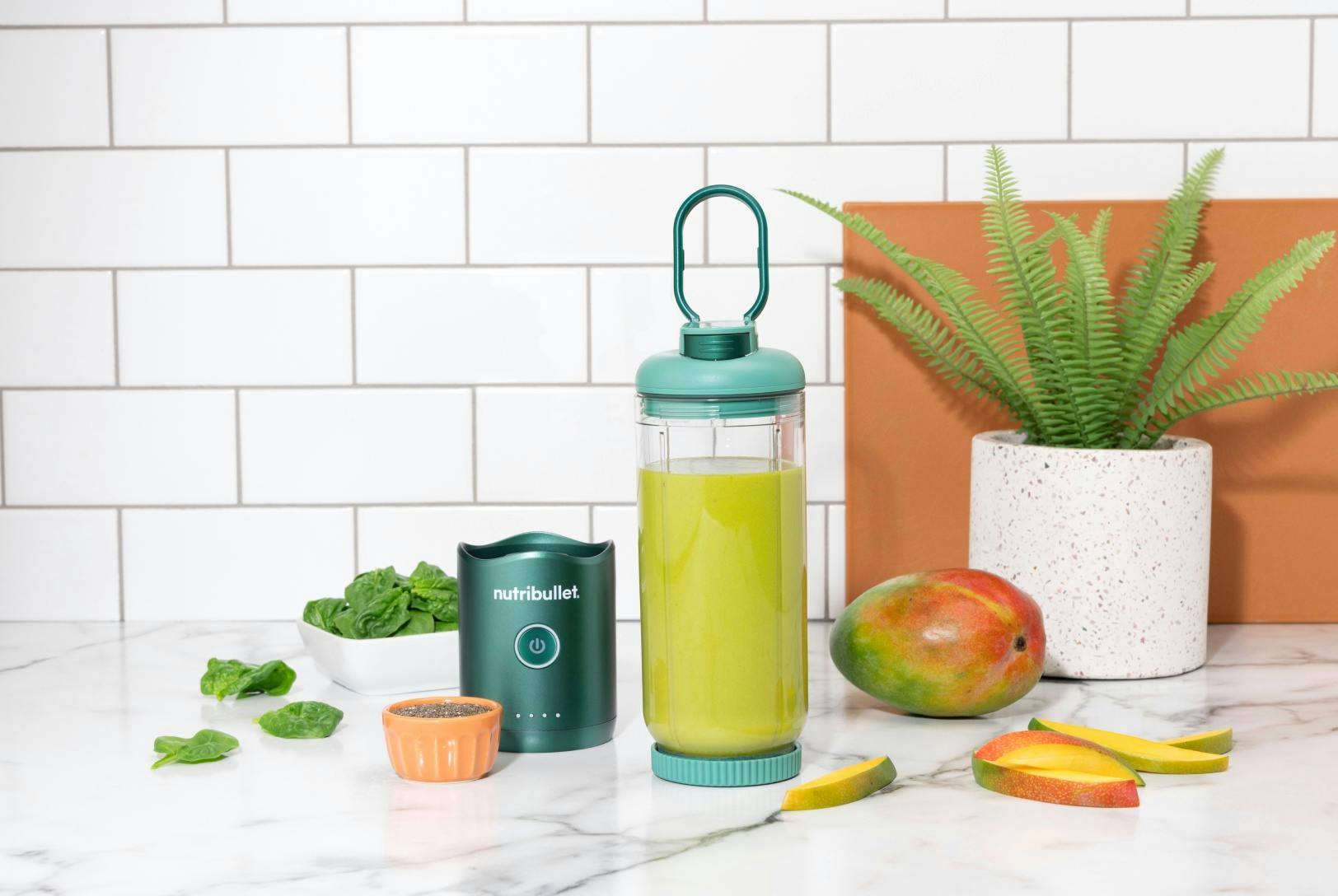FREE shipping on US orders over $45!
Your cart is empty!
FREE 1-year warranty on all blenders and juicers
More to Consider







Taxes and discounts calculated at checkout.

McKenzie Jones
April 18, 2019
McKenzie Jones
McKenzie is Registered Dietitian Nutritionist for nutribullet who aims to make the world a healthier, happier place. She believes that living a healthy lifestyle and eating for your health isn't meant to be complicated -- it's meant to be simple, enjoyable, and judgment-free (with room for dessert). When she’s not dishing out nutrition tidbits, you can find McKenzie visiting her local farmers market, hiking her favorite trails with her husband, and chasing after her daughters.
A sustainable diet is two-fold: it’s a way of eating that focuses on habits you can maintain long-term (say goodbye to “yo-yo” dieting please!), and it’s also a way of eating that’s environmentally-friendly to help protect biodiversity and optimize natural human resources. As we continue to put the pieces of the sustainability puzzle together more, we’re finding a stronger correlation between eating for your health and being kind to Mother Earth.
The recently released 2019 report from the EAT-Lancet Commission on healthy diets from sustainable food system highlights the global impact diet has on our use of environmental resources. While the link between dietary patterns and its impact on the planet is nothing new, it’s starting to really make waves.
The report’s lead investigator, Professor Walter Willet, MD, from Harvard Medical School suggests that for improved environmental and health benefits, “transformation to healthy diets by 2050 will require substantial dietary shifts.” This “shift” is one from a traditional Westernized way of eating that essentially overdoes it on highly processed foods, animal-based products, and sugar-laden sweets to an eating pattern with more emphasis on whole, unprocessed fruits, veggies, nuts, and legumes, as well as whole grains.
Cheers, to a healthier you and a healthier planet!

Is there such a thing as a perfect smoothie? This sweet medley certainly makes a strong case. With a classic combination of blueberries, banana, and spinach, this superstar smoothie provides a powerful nutrient boost!

Consider this blend the little black dress of nutribullet smoothies: it never goes out of style. To help keep your energy stable throughout the day, aim to balance your meals and snacks with high-quality protein, healthy fats, and fiber-filled carbs – like this combo of Greek yogurt, peanut butter, fruit, and veggies. There’s a reason this one is always on-trend.

Start your day on a high note with this nutritiously cheerful blend of greens, mango, banana, and chia seeds.